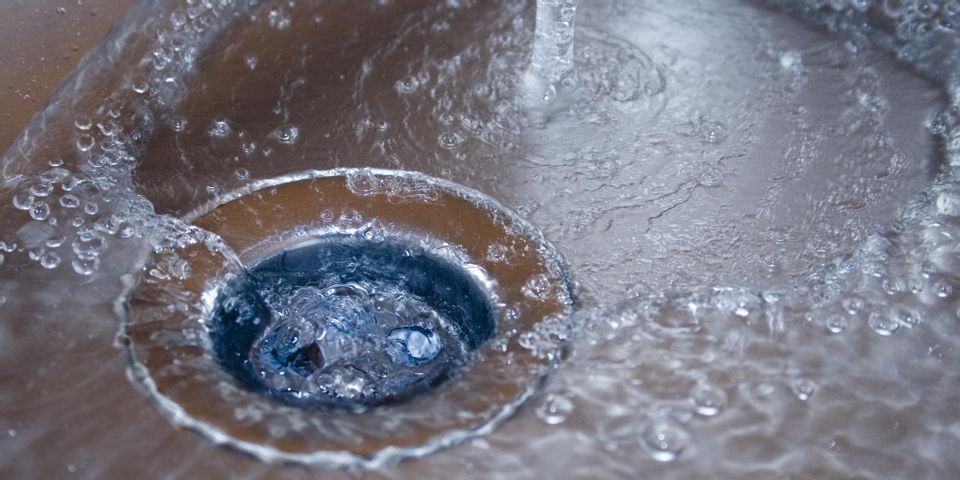A Comparison of the Cesspool vs Septic Tank System

If you’re not connected to a public sewer system, you likely have a cesspool or a septic tank system. To give your system proper care, learn the differences between the two.
How They’re Similar
Both systems remove waste from the home to a secluded underground area. The waste is separated into three types: the sludge or solid waste, which isn’t biodegradable; the effluent, which is wastewater that can be filtered through ground soil; and scum, which floats on top of the effluent and is biodegradable. Both systems require pumping contractors to come in and remove the sludge regularly. How often this needs to be done depends on the size of the tank and your household.
How They’re Different
 The difference between the two is how they dispose of the effluent. A cesspool is a concrete tank with holes at its top. The sludge accumulates at the bottom, and the effluent seeps out into the surrounding soil through the holes. A cesspool will saturate the soil over time since it doesn’t evenly distribute the effluent. It will eventually have to be relocated before the wastewater pools at the surface. At this point, it’s best to replace it with a septic system instead.
The difference between the two is how they dispose of the effluent. A cesspool is a concrete tank with holes at its top. The sludge accumulates at the bottom, and the effluent seeps out into the surrounding soil through the holes. A cesspool will saturate the soil over time since it doesn’t evenly distribute the effluent. It will eventually have to be relocated before the wastewater pools at the surface. At this point, it’s best to replace it with a septic system instead.
A septic tank, on the other hand, sends the effluent out through plumbing to a drain field, which has a series of small pipes and filtration materials. The septic system is eco-friendlier and more durable since the wastewater is filtered and carefully distributed through the soil.
Whether you have a cesspool or a septic tank, trust the professionals at Bob’s Sweetwater Pumping Service of Kona, HI, to pump and maintain your system. Their licensed and certified team has taken care of the waste systems across the Big Island for more than 20 years. Learn more about their offerings on their website, and call (808) 885-7159 to schedule service.
About the Business
Have a question? Ask the experts!
Send your question

